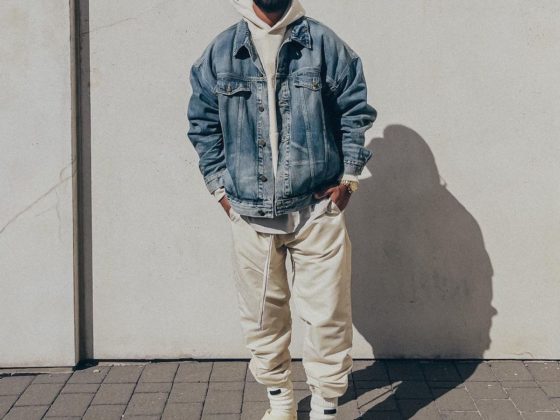As modern China continues to establish itself as a global power, interest in Chinese history has reached an all-time high. In fact, a recent Sotheby’s auction in Hong Kong sold a Ming Dynasty ‘chicken cup’ (a tiny porcelain cup with an inlaid chicken) for $38.5 million US, setting a new world record in the process. (In other news, a Kentucky Fried Chicken container discarded by Yao Ming in Los Angeles recently sold on eBay for $5.85.)
It’s no surprise, then, that the Royal Ontario Museum has chosen to showcase treasures from China’s Forbidden City as it’s marquee centennial exhibit. Before we go into the incomparable beauty and rarity of the treasures on display (more beautiful and rarer than a Yao Ming rookie card), let’s take a minute to discuss just what, exactly, the Forbidden City is…
ADVERTISEMENT |
Built in the early 1400s, the Forbidden City in Beijing was home to Ming and Qing Dynasty emperors for five centuries. This lavish palace complex was the seat of Chinese imperial power, housing the emperors’ families, eunuchs, and concubines whilst being forbidden to everyone else. (Yes, I know you’re really good at talking your way into nightclubs… No, you couldn’t talk your way into the Forbidden City.) Both administrative and ceremonial functions were performed in this walled-off section of the capital from the time that Emperor Yongle constructed it until the last emperor, Puyi, abdicated in 1911. The site currently hosts the Palace Museum, exhibiting the artifacts left over from this iconic time in Chinese history. Thankfully, they have loaned nearly 250 of their treasures to the ROM for us to enjoy – over 80 of which have never left the palace… until now.
The exhibit, which is on until September 1st, takes you through the lives of the emperors, their families, servants, and administrators. Begin your tour by venturing into the Outer Court to see armor, weapons, and the throne of Emperor Qianlong. Contemplate the fact that in previous centuries you would have been executed for even looking at this stuff, then continue on into the Inner Court, where the imperial family lived with their eunuch servants. You heard me right, I said ‘eunuch servants’. Outside of the eunuchs, no men outside the royal family were allowed in this section of the palace. If you wanted to see the emperor’s family jewels (as in diamonds), it would cost you your own family jewels (as in… well, you get the picture).
The Inner Court is where you get to see the ‘Dragon Lady’ Empress dowager Cixi’s six-inch silver nail guards along with other lavish luxury goods such as a gold plated bathtub (if you’re wondering what to get me for my birthday, I wouldn’t say no to a gold plated bathtub) and some lavish silks.
ADVERTISEMENT |
Finally arrive at the inner sanctum: the Emperor’s study, forbidden to all but the emperor himself. The treasures here are the most exceedingly rare in the collection, including (you guessed it) a Ming porcelain ‘chicken cup’.
For the ROM to arrange such an exhibition, including items that have never left the Forbidden City, is truly exceptional. As they ring in the museum’s centennial year, now is the time to see the forbidden treasures of China’s emperors.
Will you be checking out the ROM’s new exhibition? Let us know in the comments below or tweet us @ViewTheVibe.






